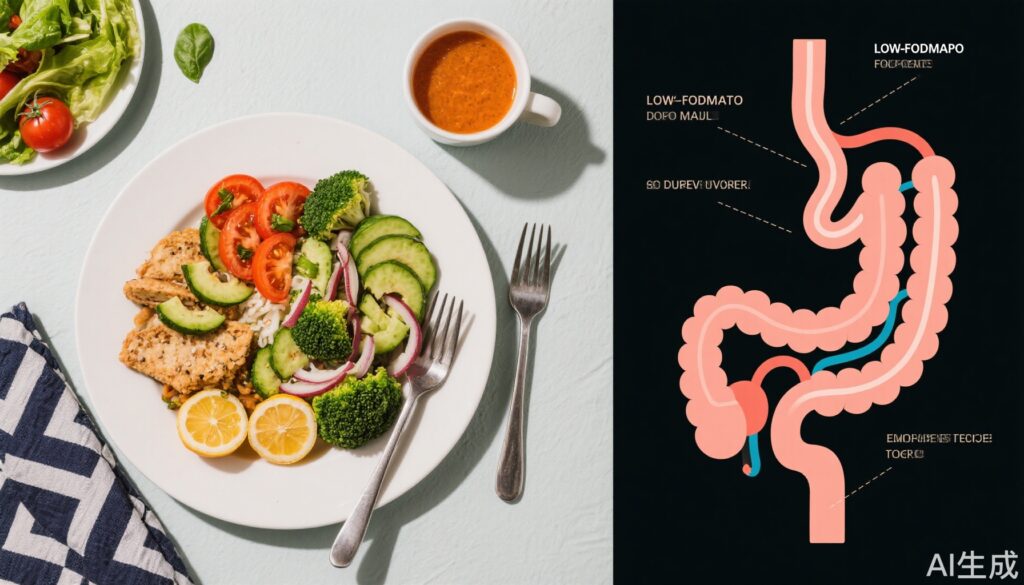Endometriosis is a chronic condition affecting millions of women worldwide, characterized by the growth of tissue similar to the uterine lining outside the uterus. While its symptoms primarily include pelvic pain and menstrual irregularities, gastrointestinal (GI) distress such as bloating, abdominal pain, and altered bowel habits is also highly prevalent among affected individuals. These symptoms are often debilitating, leading to reduced quality of life and misdiagnoses, such as irritable bowel syndrome (IBS).
Understanding the Connection Between Gut Symptoms and Endometriosis
Approximately 75% of women with endometriosis report experiencing GI symptoms, which may stem from inflammation, hormonal influences, and potential overlap with other gut disorders. These symptoms are not only physically taxing but contribute to emotional and psychological stress, making effective management critical. Despite this, treatment options for endometriosis-related GI symptoms remain limited.
The Role of Diet in Managing GI Symptoms
Dietary interventions have gained attention as non-pharmacological approaches to manage gut-related issues. The low FODMAP diet, originally devised for individuals with IBS, focuses on reducing the intake of fermentable oligosaccharides, disaccharides, monosaccharides, and polyols—carbohydrates that are poorly absorbed in the gut and can cause symptoms like bloating and discomfort.
Research Insights: The Low FODMAP Diet and Endometriosis
Recognizing the overlap between IBS-like symptoms and those experienced by women with endometriosis, Dr. Jane Varney and her team conducted a randomized controlled trial to evaluate the efficacy of the low FODMAP diet in addressing GI complaints in this population. Their study involved 35 women with endometriosis and ongoing GI issues, who were assigned to follow either a low FODMAP diet or a nutritionally equivalent control diet for 28 days in a crossover design.
Promising Results
The findings revealed that after just two weeks on the low FODMAP diet, participants experienced significant reductions in abdominal pain, bloating, and stool irregularities, alongside improved overall quality of life. By the end of the study, 60% of women showed a positive response to the dietary intervention, underscoring its potential as an effective management tool.
Structured Implementation and Precautions
Experts recommend undertaking the low FODMAP diet in a structured, three-phase approach: elimination, reintroduction, and personalization, ideally under the guidance of a qualified dietitian. This ensures nutritional adequacy and helps identify specific food triggers. Additionally, it is crucial to rule out other underlying conditions, such as celiac disease or inflammatory bowel disease, before initiating dietary changes.
Case Study: Emily’s Journey
Emily, a 32-year-old teacher, struggled with debilitating abdominal pain and bloating for years, alongside her diagnosed endometriosis. After consulting with a dietitian and adopting the low FODMAP diet, Emily noticed marked improvements in her symptoms within weeks. Today, she manages her condition effectively by avoiding high-FODMAP foods and has regained control over her daily life.
Conclusion
The introduction of the low FODMAP diet for managing GI symptoms in women with endometriosis offers hope for improved quality of life. As awareness grows, this dietary approach may become a cornerstone of holistic endometriosis care, empowering women to take charge of their health and wellbeing.
Reference
Low FODMAP diet can ease GI symptoms of those with endometriosis: study. Monash University. June 23, 2025. Accessed July 16, 2025. https://www.eurekalert.org/news-releases/1088386



